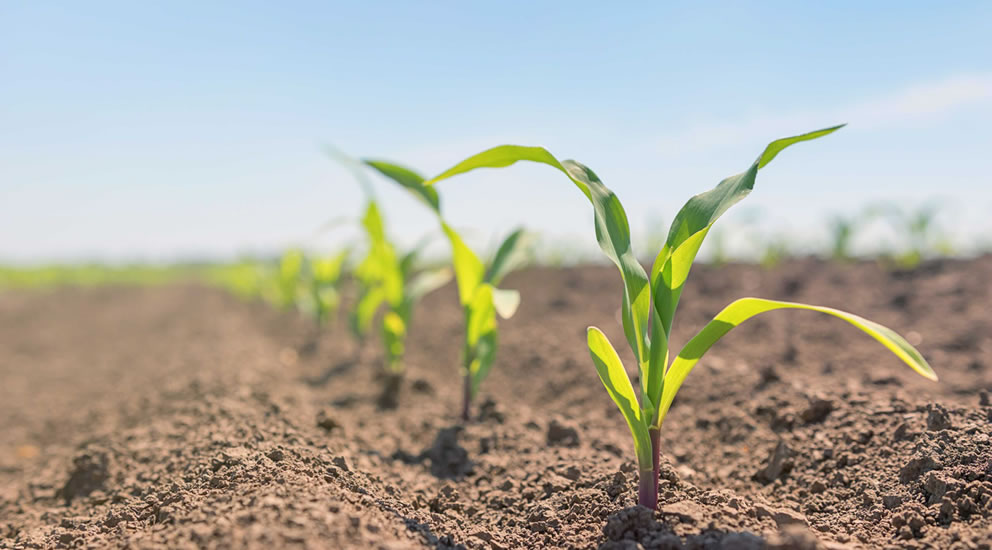
Row Crop Farming
A row crop is a crop that can be planted in rows wide enough to allow it to be worked by machinery tailored for the seasonal activities of row crops. Such crops are sown by drilling or transplanting They are often grown in large Fields. row crops first started in Ancient China in the 6th century BC.
The distinction is significant in crop production strategies, where land is planted with row crops is meant to protect the quality of the soil while maximizing the soil’s annual productivity. As much of 20% of crops worldwide are irrigated, with some crops such as rice and maize benefiting from the extra water. During the growing season, the inter-row spaces are hoed two to four times, and the rows are weeded to conserve moisture and improve aeration.
As a result, the soil’s microbiological activity increases and mobilization of nutrients is intensified. Row crops are valuable precursors of spring grain crops and hemp. The beneficial effect of row crops extends to the second crop. Examples of Row crops include Sunflower, Wheat, Maize, Canola, Potato, Soya Beans, Pea’s, Sugar beats, Cotton etc. Its also very important to do Crop rotation, The practice of growing a series of different types of crops in the same area across a sequence of growing seasons. This practice reduces the reliance of crops on one set of nutrients, pest and weed pressure, along with the probability of developing resistant pests and weeds.
Growing the same crop in the same place for many years in a row, known as monocropping.This gradually depletes the soil of certain nutrients and selects for both a highly competitive pest and weed community. Without balancing nutrient use and diversifying pest and weed communities, the productivity of monocultures is highly dependent on external inputs that may be harmful to the soil’s fertility. Conversely, a well-designed crop rotation can reduce the need for synthetic fertilizers and herbicides by better using the eco system services from a diverse set of crops. Additionally, crop rotations can also improve soil structure and organic matter, which reduces erosion and increases farm system resilience.
